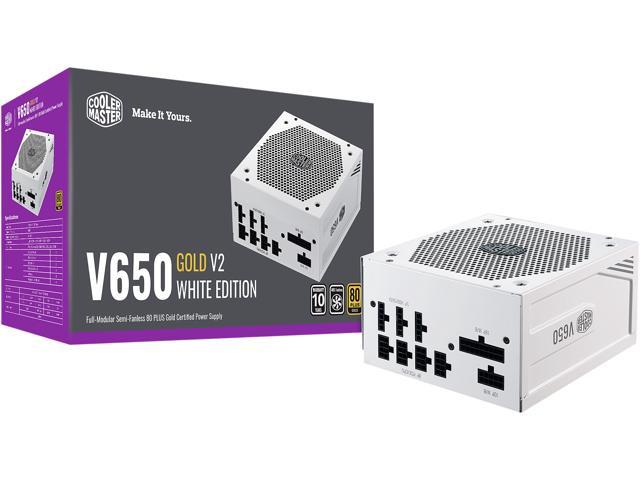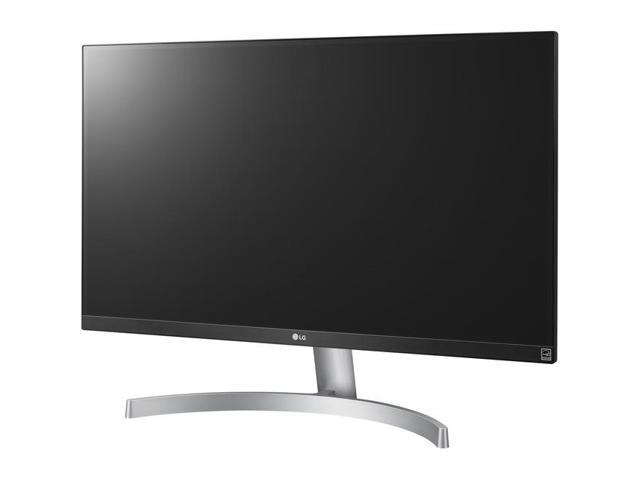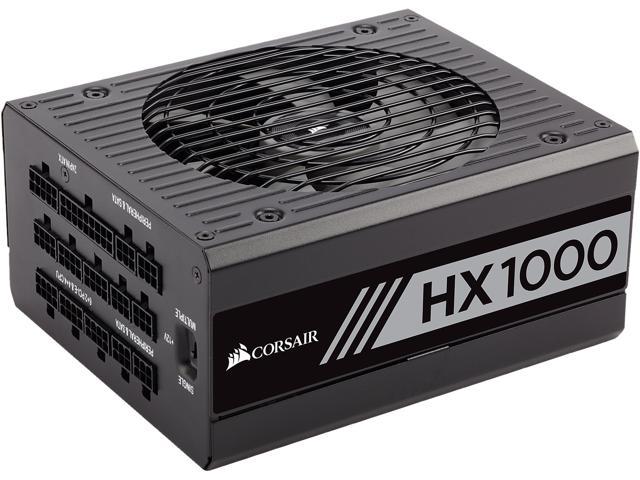Professor Al Rhoton says about this book: “This book meets and exceeds its goal of being “a resident’s survival guide.” The book will be especially helpful to trainees in neurosurgery, however, medical students, interns, and multiple other medical specialists will also find it useful. I found the contents interesting, enlightening, and beneficial even after decades of neurosurgical practice.” This is what Profffessor Joanne Hickey says about the book: “well written, well organized, and practical text described by the author as a ‘resident’s survival guide’. It is a text that will be cherished and revisited often as a beloved friend who provides counsel when needed.” A major strength of the text is the clarity of explanation about basic principles for interpreting imaging studies, supported by a wealth of excellent radiological images The chapters on tumours are of remarkable quality and usefulness especially for a book of this size. The author and contributors have created a valuable resource to aid clinical training in neurosurgery. It is also an equally valuable resource for other physicians, nurses, and health professionals dedicated to the care of the neurological and neurosurgical patients." This excellent pocket guide is written with the neurosurgical resident in mind but is equally useful for students, nurses and other health professionals. It contains the following chapters: Historical aspects of neurosurgery, Anatomy, Physiological aspects, History and examination, Interpretation of cranial CT and MRI scans, Interpretation of spinal imaging, Neuro angiography, Brain tumours, Spinal tumours, Vascular abnormalities, Hydrocephalus, Craniospinal trauma, Infection, Degenerative conditions, Congenital neurosurgical conditions, Monitoring and treatment in neurosurgical ICU, Drugs commonly used in ICU, Technology in neurosurgery, Ethical considerations in neurosurgery, Further reading















